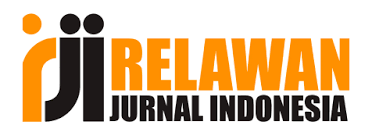The Use of Authentic Materials in Foreign Language Classrooms
Abstract
Authentic materials provide real-life examples of language used in everyday situations and can be used to add more interest for the learner. Authentic materials can provide information about the target culture and provide that culture’s perspective on an issue or event. The rich language found in authentic materials provides a source of input language learners need for acquisition. This article highlights the importance of using authentic materials in foreign language teaching.
References
2. Martinez, Alejandro. Authentic Materials: An Overview Mexico City: 2002. www3.telus.net/linguisticsissues/ authenticmaterials.html
3. Nosonovich E.V., Milrud R.P. (1999). Content Authenticity Criteria educational text. (2) 6-12.
4. Nosonovich E.V. Milrud G.P. (2008). Criteria for meaningful authenticity of the educational text. Foreign languages at school. (2)10-14.
5. Muhabbat Otaniyazova. (2022). THE EFFECTS OF USING KAHOOT IN ENGLISH LESSONS. World Bulletin of Social Sciences, 15, 82-83. Retrieved from https://scholarexpress.net/index.php/wbss/article/view/1535

















